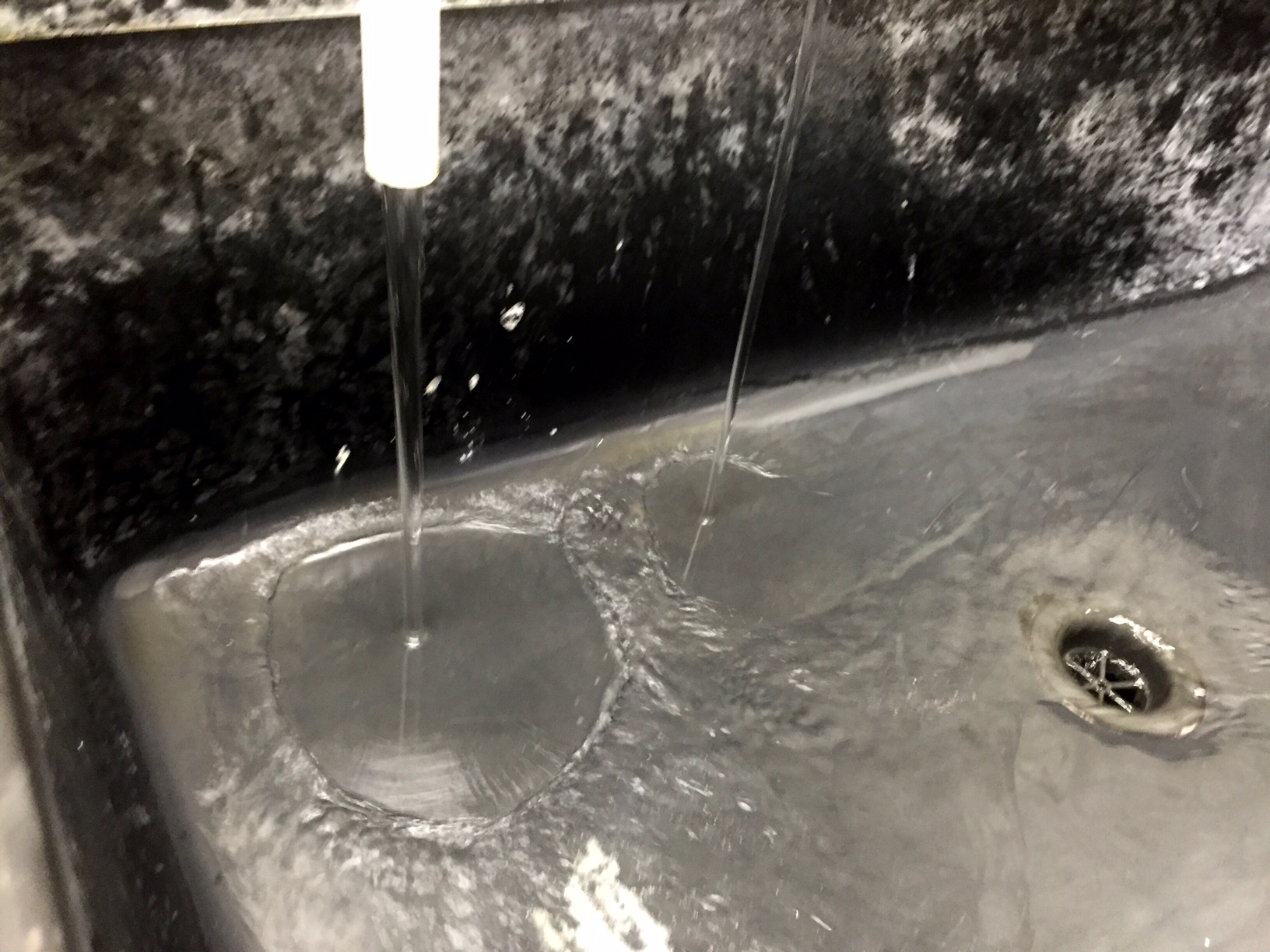EDITOR’S NOTE: This is part 3 of a special report examining D.C.’s drinking water.
WASHINGTON — When lead gets into drinking water, it is a problem for all of us. But it is especially tough on little kids.
That’s because they need so much water to grow and thrive. And when that water contains lead, they absorb far more than their parents.
“Children under 1 or 2 absorb 50 percent of the lead that they swallow, and an adult absorbs about 10 percent of the amount that they swallow,” says Dr. Jerome Paulson, a professor emeritus of pediatrics at the George Washington University School of Medicine and Health Sciences and GW’s Milken School of Public Health.
Paulson, an expert on kids and lead, was immersed in the District’s last water crisis, in 2004, as both a physician and an educator. He says that in addition to absorbing a higher percentage of lead they swallow, they’re ingesting it at a time when their central nervous system and their brain is rapidly developing.
Lead is dangerous because the body mistakes it for calcium, which most of us think of as the stuff of bones. That’s true, but it is also present in other parts of the body.
“Calcium is essential for us in our nervous system for something called neurotransmission,” says Laura Anderko, director of the Mid-Atlantic Center for Children’s Health and the Environment at Georgetown University.
When lead takes the place of calcium, the ability of brain cells to communicate with each other is impaired. If a developing child takes in enough lead over a long enough period of time, the consequences can range from headaches to hyperactivity to delayed growth and in worst cases, violence and lower IQ.
D.C. law now requires all children to be checked for elevated lead levels — a simple blood test — twice before they reach the age of two. It’s part of an ongoing program to reduce lead exposure in the city that has resulted in a 70 percent decline in cases of high blood lead levels since 2008.
At the same time, local health officials continue to monitor kids who were found to have elevated lead levels from exposure to contaminated water between 2000 and 2004. Almost all are now teenagers, and federal money is being used to meet the special educational needs of those who suffered the most.
But there is no magic treatment that can undo the damage persistent exposure to lead may have done to their growing bodies when they were small.
“As a physician, I have no pill or injection or other forms of medication that can be used to reverse the damage of lead,” Paulson says.
He emphasizes that the key to tackling lead exposure is prevention, and that means identifying and replacing lead pipes and removing lead paint. Paulson emphasizes “we need to identify homes and buildings that put a child at risk, and make these buildings lead-safe.”







